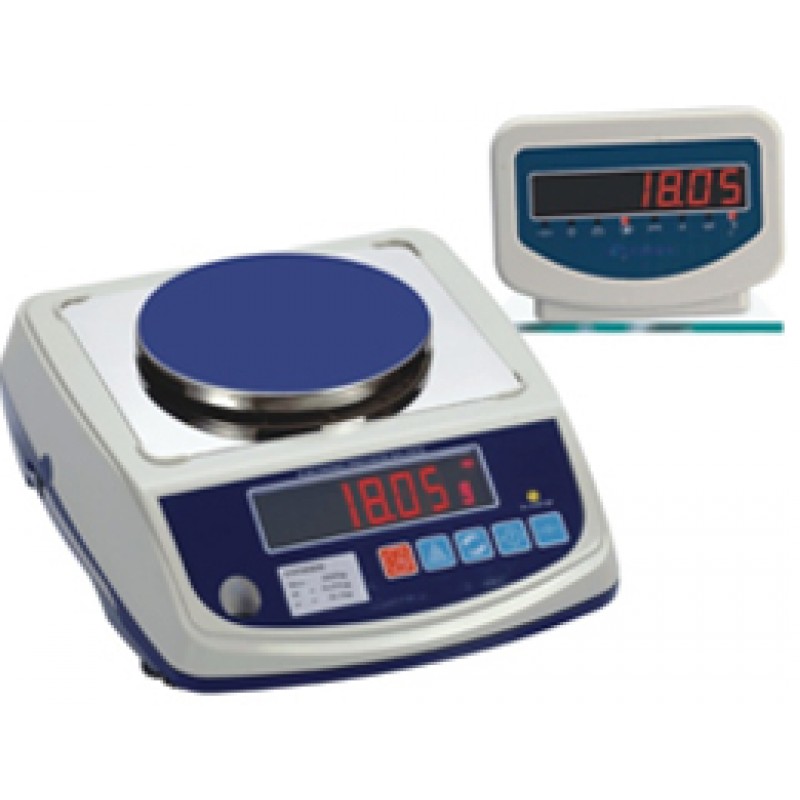-
- Consumables
- Cell Culture Dishes (106)
- Bags (227)
- Cell Culture Flasks (109)
- Cell Scrapers and Lifters (10)
- Cell Strainers (16)
- Consumables Recycling (35)
- Cuvettes (73)
- Filter Membranes (1726)
- Filtration Devices (1183)
- Gloves (906)
- Inoculation Loops, Spreaders, Needles (84)
- Incubation Trays (22)
- Microplates (425)
- Microscope Slides (330)
- Pasteur Pipets (15)
- Pipette Tips (711)
- Reservoirs (55)
- Tubes and Vials (770)
- Transfer Pipettes (126)
- Sealing Film (120)
- Serological Pipettes (160)
- Weighing Boats and Papers (81)
- Reagents
- Extraction Isolation and Purification Kits (1434)
- Agarose (28)
- Culture Media (1161)
- Gel Electrophoresis (26)
- Nucleotides (42)
- Nucleic Acid Isolation & Purification (98)
- qPCR Master Mix Kits (133)
- Recombinant Proteins (284)
- Water (58)
- Western Blot (40)
- Antibodies (45960)
- Hyclone Media (521)
- Equipment
- Bottletop Dispensers (318)
- Chiller (123)
- Scales and Balances (1187)
- Calibration Weights (9)
- Centrifuges (236)
- Incubators (93)
- Microbiology Incubators (27)
- Digital Burettes (32)
- Freezer Racks (552)
- Freezers and Refrigerators (647)
- Homogenizers (72)
- Hotplates and Hotplate Stirrers (88)
- Hotplate Stirrer Accessories (31)
- Lab Jacks (20)
- Microplate Mixers (20)
- Microscopes (58)
- Ovens (135)
- Overhead Stirrers and Stirrers (215)
- Pipettes (406)
- Roller Bottles (49)
- Roller Mixers (12)
- Rotary Evaporator (49)
- Seating (10)
- Shakers and Rockers (334)
- Thermal Cyclers (10)
- Tube Racks, Cryoboxes & Coolers (411)
- Vacuum Pump
- Water Baths (215)
- Test and Measurements (14)
-

Choosing the right analytical balance
Introduction
Analytical balances are precision instruments used to measure mass with a high degree of accuracy. They are essential in laboratories for tasks that require precise measurements, such as preparing chemical solutions or conducting quantitative analyses. Here are the different types of analytical balances:
1. Single-Pan Analytical Balance
Single-pan balances have a single weighing pan and use an internal mechanism to determine the weight of the sample. They are widely used due to their ease of use and high precision. They come in two main types:
- Mechanical Single-Pan Balance: These are traditional balances that use a system of levers and weights. They are less common today due to the widespread adoption of electronic balances.
- Electronic Single-Pan Balance: These use electronic sensors to measure the mass of the sample. They are highly accurate and provide digital readouts, making them user-friendly and efficient.
2. Microbalance
Microbalances are a type of analytical balance designed to measure extremely small masses, typically in the microgram range. They are essential in fields like pharmacology and materials science, where precise measurements of very small quantities are necessary.
3. Semi-Microbalance
Semi-microbalances are similar to microbalances but are designed to measure slightly larger masses, typically in the milligram range. They strike a balance between the high precision of microbalances and the larger capacity of standard analytical balances.
4. Top-Loading Analytical Balance
Top-loading analytical balances are designed with a weighing pan accessible from the top. They are less precise than standard analytical balances but are still highly accurate and are often used for tasks that don’t require the utmost precision.
5. Ultra-Microbalance
Ultra-microbalances are the most sensitive type of analytical balance, capable of measuring masses in the nanogram range. They are used in highly specialized applications, such as in nanotechnology and advanced material research.
6. Dual-Range Analytical Balance
Dual-range balances can switch between two different weighing capacities and corresponding precision levels. This feature allows users to measure both large and small samples with the same instrument, providing flexibility in laboratory settings.
7. Automatic Analytical Balance
Automatic analytical balances come with automated features such as internal calibration, automatic draft shield doors, and touchless operation. These features enhance usability and reduce the risk of human error, making them ideal for high-throughput laboratories.
8. Portable Analytical Balance
Portable analytical balances are designed for easy transport and use in fieldwork. They are typically battery-operated and compact, providing a convenient solution for on-the-go measurements while maintaining a reasonable level of accuracy.
Conclusion
Analytical balances are crucial tools in any laboratory, and the type of balance selected depends on the specific needs of the task at hand. Whether it’s measuring minute quantities with an ultra-microbalance or conducting routine tasks with a top-loading balance, understanding the different types of analytical balances helps in choosing the right instrument for precise and reliable measurements.





